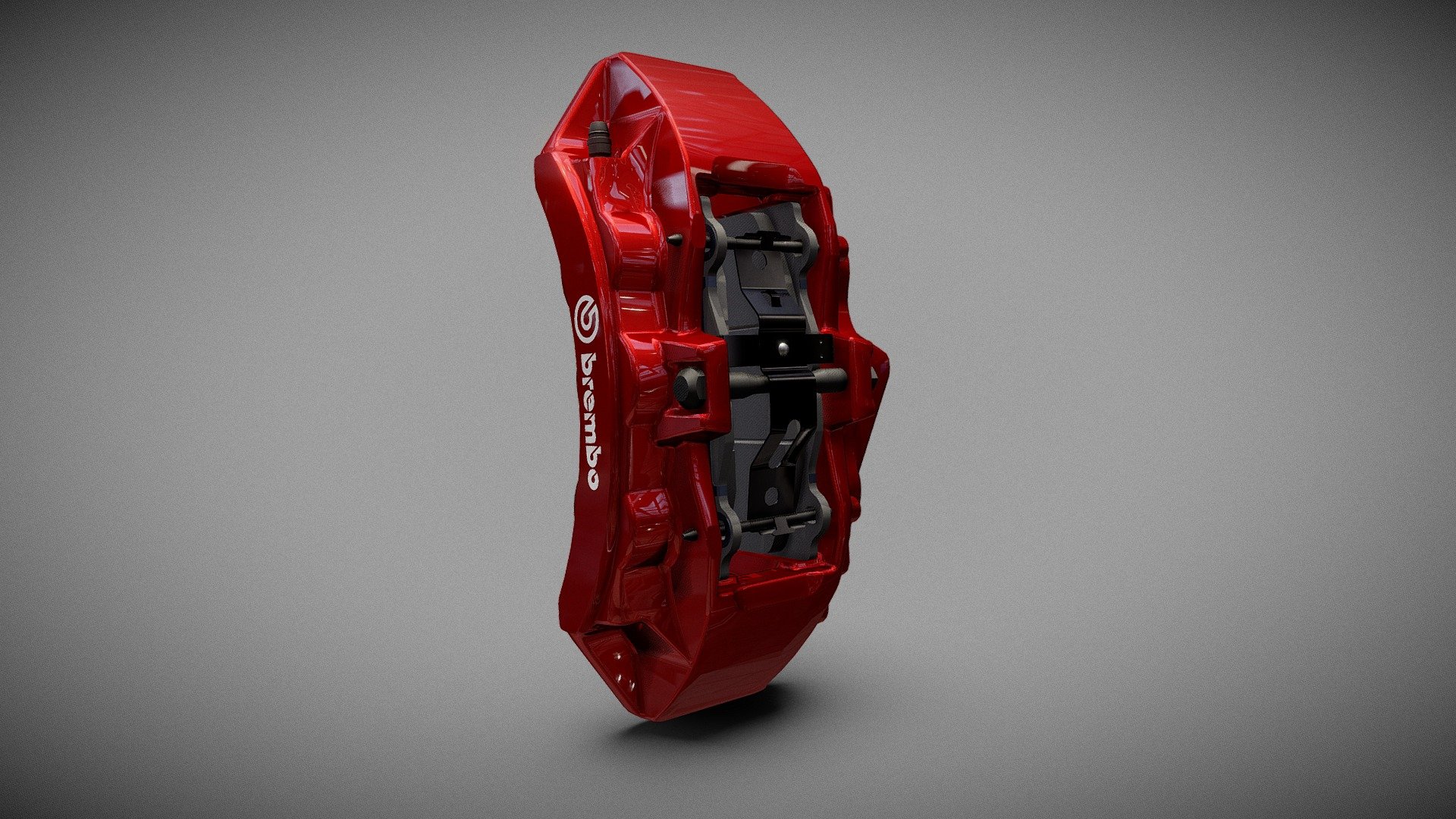
With this one you can weld and hollow out your objects – all interactively within the viewport. Up next is another plugin to help you with your modeling. All of these deformations can also be animated enabling you to really bring your objects to life in a simple way. This is done by grabbing, stretching, rotating and distorting the lattice. Rather than having to undo all your hard work you can simply apply this Lattice Deformer to your object and then distort and adjust your model based on a much smaller set of points. If it’s a person then maybe the forehead is just a bit too big or the shoulders are not broad enough.

You then realize that you’d like to make some high level, global changes to the model. It’s super detailed and has a lot of intricacies. I love this plugin! There are times when you’ve created a really nice model. Image credit (as supplied by PR): 3rd Powers You can cut off unnecessary parts of wooden models.” A rubber band is stretched when you drag it. Examples that are listed on their website include: “An ornament is placed at the location you expect. This will be a welcome tool for any artists from a traditional and less technical background as it’ll suit the workflows you’re already used to. They all work when mesh editing and as detailed in the documentation include “translating, rotating, grabbing, sliding, smoothing, pushing in, pulling out, drawing, cutting, extending, and so on.” The idea behind the plugin is to provide artists with tools that make the modeling process much more natural and organic. This plugin extends the built-in modelling tools in Lightwave 3D by providing an extra set of 14 modeling tools. Image credit (as supplied by PR): Yannick Tholomier All these tools help you focus on what is important at that particular moment in time. You can also set panels to be nestable and to automatically readjust. If you like a more minimalist feel to your interface then you can go for transparent panels and a borderless interface. Along with this positioning functionality LW_UI+ gives you a number of other user interface customizations. The window positions are stored in a simple txt file and the positions are recalled using a simple keyboard shortcut.
#Lightwave 3d blog windows
This handy little plugin lets Lightwave 3D users save the positions of their Lightwave windows and recall those positions at any time. Image credit (as supplied by PR): Alex Hartley It is possible though, at any time, to turn it off. It can handle several characters but will slow down your scrubbing (not playback) when using the timeline. This plugin gives you all the tools you need to manage these kinematics. This all refers to the articulation of joints and the automatic calculations of those joints to achieve a desired pose. The IKFK describes the type of plugin it is with the ‘IK’ standing for ‘Inverse Kinematics’ and the ‘FK’ for ‘Forward Kinematics. This work will benefit the design and calibration of the DAP-based hyperspectral imager.The name of this plugin is a bit of a mouthful but don’t let that put you off! The ‘AH’ stands for Alex Hartley who created the plugin.

Furthermore, after this numerical calculation, the spectral signatures of the reconstructed cubes of the DAP-based PBCHI system show consistency with the ground truth. The calibration experiments demonstrate that the mean squared error (MSE) of the dispersive pixel shifts calibrated by the proposed numerical method is 0.1774, which indicates the calibration result of the proposed method is consistent with the directly calibrated result. To achieve high-accuracy hyperspectral imaging over the visible band, firstly, the geometric and dispersive parameters of the double Amici prism (DAP) that serves as a dispersive device in the direct-vision push-broom compressive hyperspectral imager (PBCHI) are designed and optimized secondly, a calibration method based on the numerical calculation of the DAP model is put forward, which can turn the conventional pixel-wise dispersive shift calibration by a monochromator into a group of numerical calculations lastly, a PBCHI prototype is built to test the performances of the designed and calibrated DAP and the hyperspectral imager. The design and calibration of the dispersive device in a hyperspectral imager significantly affect the performance of hyperspectral imaging, especially the spectral accuracy.


 0 kommentar(er)
0 kommentar(er)
